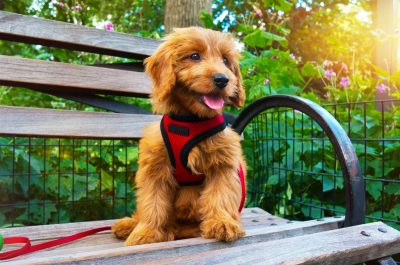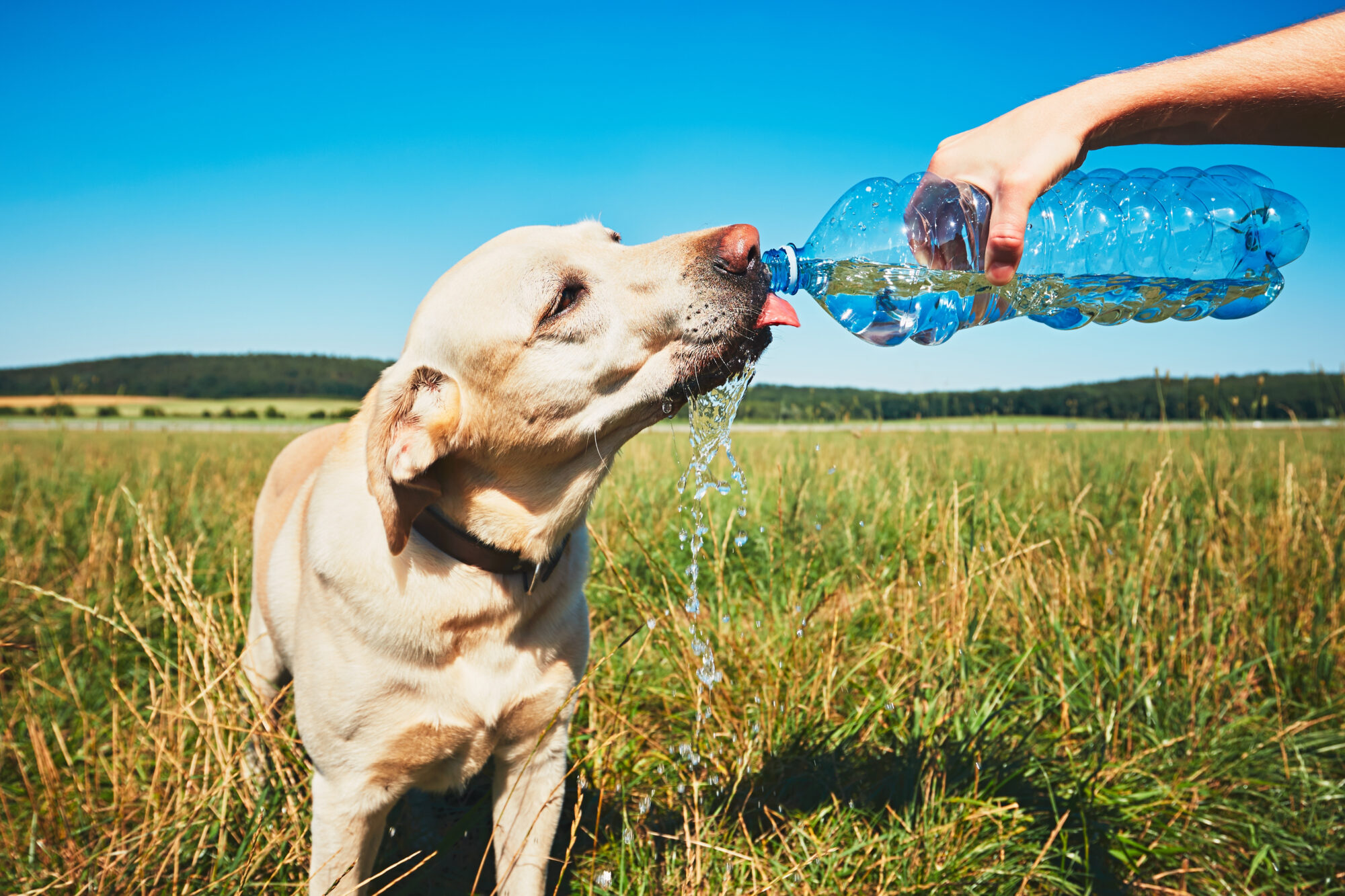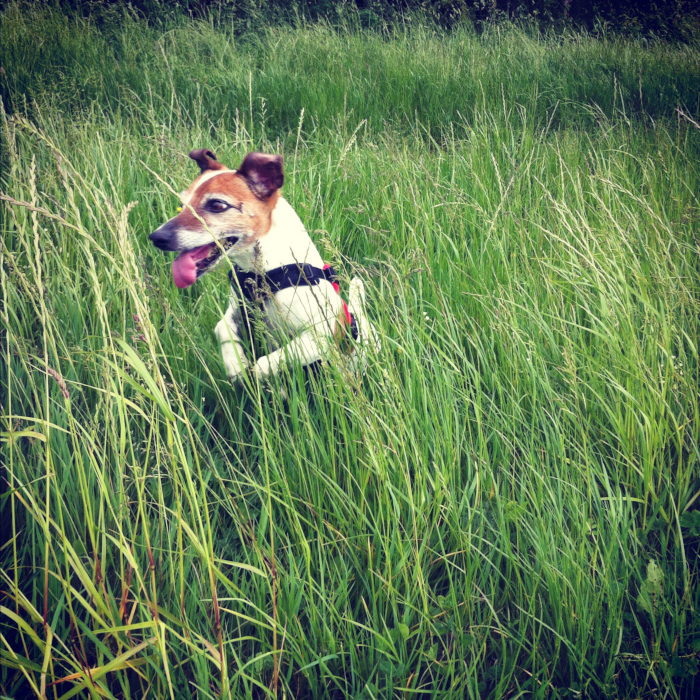
I live and work in one of the more densely populated cities in the world: New York City, home to more than 8.4 million residents. Although many would guess there’s not much room for pets, the New York City Economic Development Corporation estimated there were 1.1 million pets living in our metropolis in 2012.
The Big Apple is a wonderful place for both people and pets. We have five-star restaurants, gorgeous parks, world-class health care for both animals and humans, and other amenities such as spas and dog parks. But behind the glitz and glamour of the city, there are potential dangers unique to urban settings. Those risks are a concern for pet owners living in any metropolitan area. Let’s look at some of the more common dangers I worry about for my patients as a city-dwelling veterinarian.
High-Rise Hazards
No one knows for sure if cats jump on purpose or fall by accident, but every summer, veterinarians in cities with high-rise apartments treat cats and an occasional dog for injuries sustained when they fall to the ground from apartment windows, terraces and fire escapes. Make sure the screens are tightly installed in every window you open in your apartment — bars might be preferable if they are small enough to keep a pet from squeezing through — and do not let your pets onto unenclosed terraces where they might spy a bird and take a fall as they leap to capture the fluttering creature. Another tip: Don’t put bird feeders on your window sills or terraces, as they will encourage your pet to spend more time near windows.
Moving Violation
Many suburban dogs have never been in an elevator. I can always recognize a country dog on a city visit by the startled look on her face and her crouched position when the elevator starts to move. Lots of city dogs, on the other hand, are pros at riding elevators, but this necessity for high-rise hounds poses a serious danger to any pet on a leash. If a dog darts into or out of the elevator just as the doors close, the leash may get trapped in the doors. As the elevator begins to move, the leash becomes a strangulating noose. To prevent this, control your dog as she enters and leaves an elevator, and don’t drop the leash and let her scamper into or out of the elevator car on her own, no matter how cute she looks when she does it.
The Poop on Pigeons
City birds, especially the rock dove or pigeon, pose a danger to city cats beyond their ability to lure your feline onto the window sill or fire escape. Pigeon and other bird droppings contain the fungal organism Cryptococcus. Although related to mushrooms, Cryptococcus is microscopic and round rather than mushroom shaped. Pigeons in particular are an important avian carrier of this organism, and though it can be found in any rural and suburban environment, it is certainly more of a concern in urban areas where pigeons are plentiful. Cats exposed to pigeon droppings on the terrace or window sill inhale the organism. Because of this route of exposure, Cryptococcus infections are most common in the nose and eyes. Life-threatening systemic infections are especially serious and difficult to treat when they involve the brain. Cryptococcus initially resembles an upper-respiratory infection, with sneezing, nasal and ocular discharge, but worsens over time. Swelling over the bridge of the nose and scabby skin will clue your veterinarian in to a diagnosis of cryptococcosis. To prevent this, discourage pigeons from taking up residence on your terrace and keep your pets away from areas where they may congregate. Though dogs are likely to be exposed to Cryptococcus on their daily walks, they seem to be less susceptible to the infection than their feline counterparts.
The Problem With Puddles
The threat of a Leptospirosis infection in an urban environment typically flies under most dog owners’ radars. That’s because wild animals are generally considered reservoirs for the microscopic organism, and city dwellers often don’t worry about wildlife the way suburban or rural pet owners do. But it’s important for owners to realize that city dogs do share their urban home with lots of wildlife in the form of rats, mice and raccoons. All of these species can spread the Leptospira bacteria in their urine. Leptospirosis occurs worldwide, especially in warm, moist environments, and this disease can affect all mammals, not just dogs. Humans as well can contract this serious disease, so it’s important to understand the risks no matter where you live. Clinical signs of leptospirosis in pets may be as mild as vomiting and diarrhea or progress to full-blown liver and kidney failure. To help keep your dog from contracting leptospirosis, don’t let her drink from puddles or pools of standing water. You should also talk to your veterinarian about whether your dog should be vaccinated against this disease, based on your pet’s possible exposure.
The Concrete Buffet
The lucky suburban dog has her own door leading to a fenced yard, and the contents of that yard are (ideally) carefully monitored by the dog’s family. City dogs, on the other hand, share the streets with humans, cars, trash trucks and other dogs. With all those folks sharing the streets and all the great food available in cities, the concrete gets littered with doggie desirable leftovers: a chicken bone, a greasy hot dog, French fry papers or raisins dropped from a baby stroller. Each of these items can be dangerous to your dog. Dog walking time requires you to be hypervigilant in order to prevent your dog from snacking off the sidewalk.
Egg-Frying Pavement
Every summer, it seems that an enterprising young TV reporter fries an egg on the hot asphalt during an August heat wave. If the pavement will fry an egg, think what it is doing to your dog’s paw pads. Put your hand on the sidewalk and count one Mississippi, two Mississippi, three Mississippi, and if your hand is frying, so will the paw pads of your favorite fur friend. Though hot pavement can be a problem anywhere, in cities it can be much more difficult to find shaded or grassy areas to walk your dog. During warm weather, always walk your dog on the shady side of the street or head to a grassy area to play ball. Consider teaching your dog to wear boots if your daily walk includes more hot pavement than grass. If your city apartment lies in the middle of a concrete jungle, consider a dog stroller for a paw-safe ride to a lush green park.
Great food, modern high-rise living and emerald green parks for people and dogs give city life its pizzazz — and its perils. Be wise about the risks and take a few simple steps to help keep your city pets safe and comfortable.
More on Vetstreet.com:


 Schedule an Appointment
Schedule an Appointment
